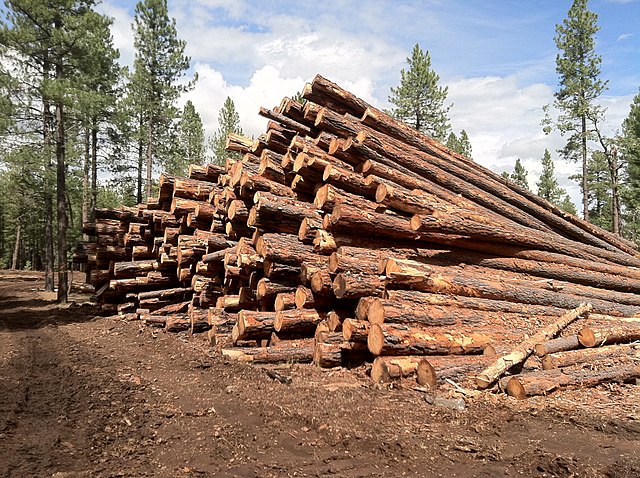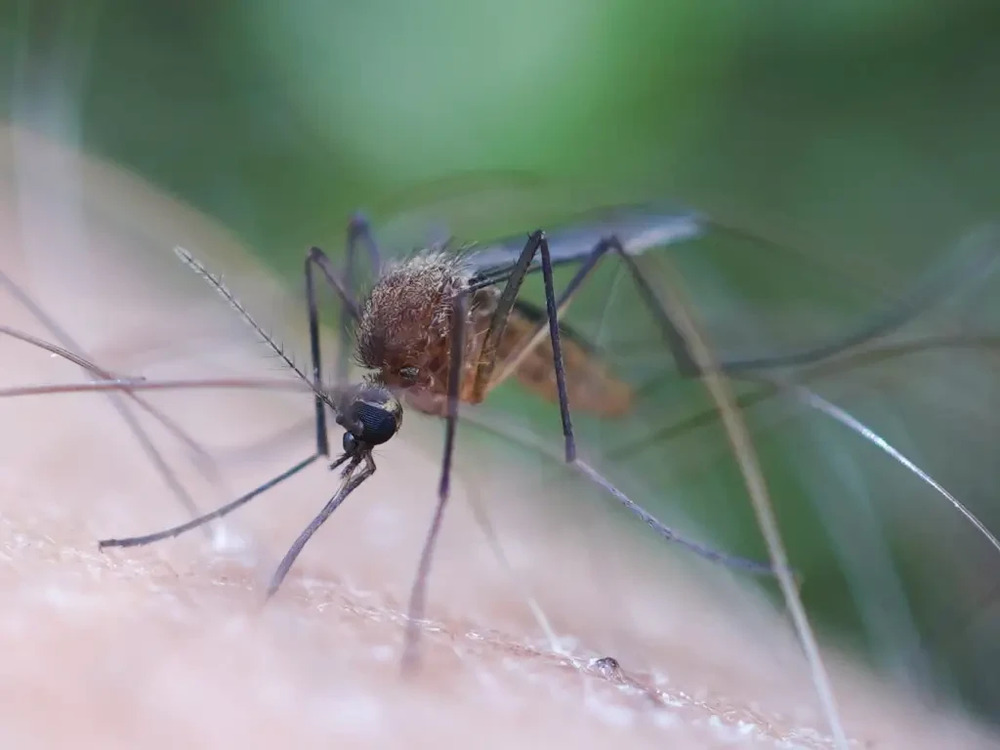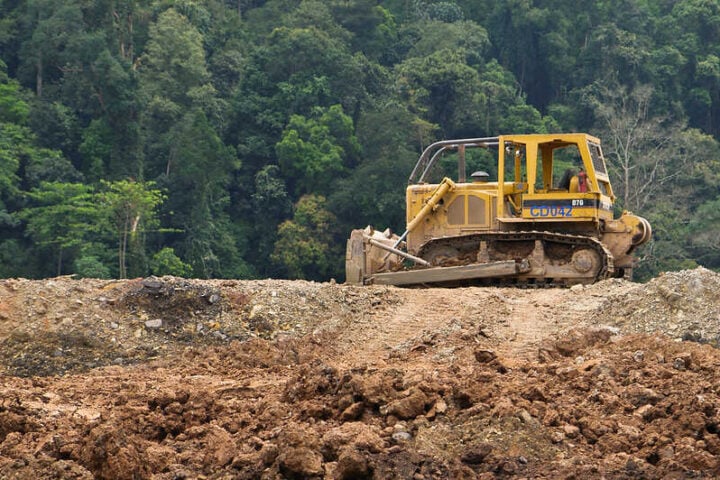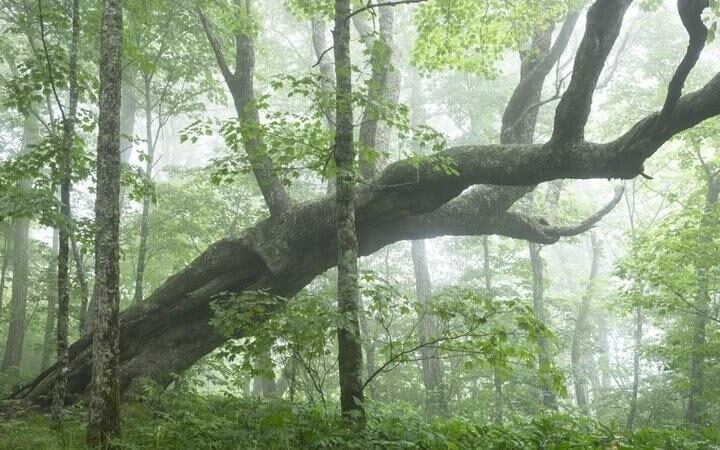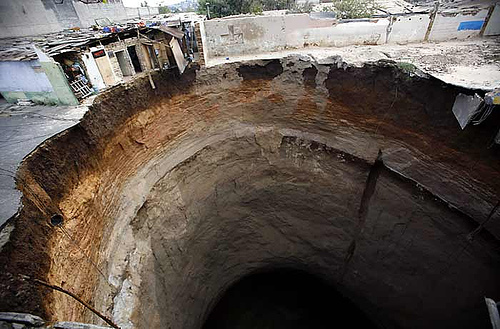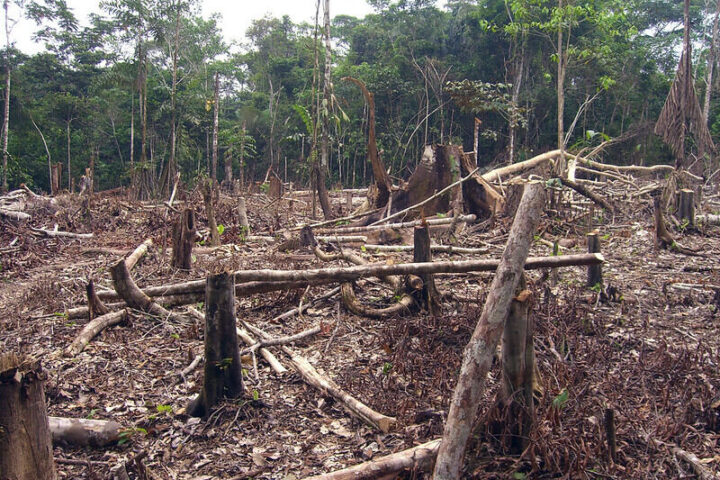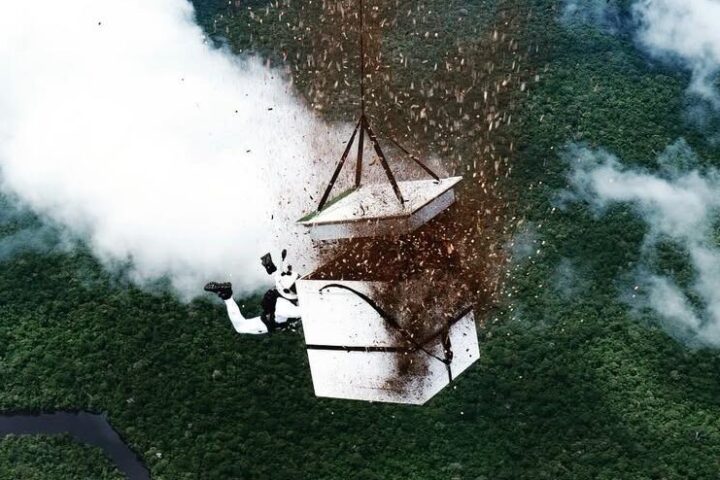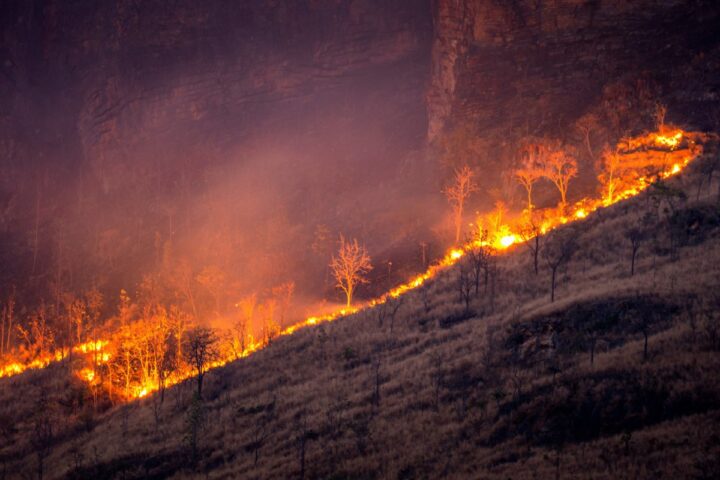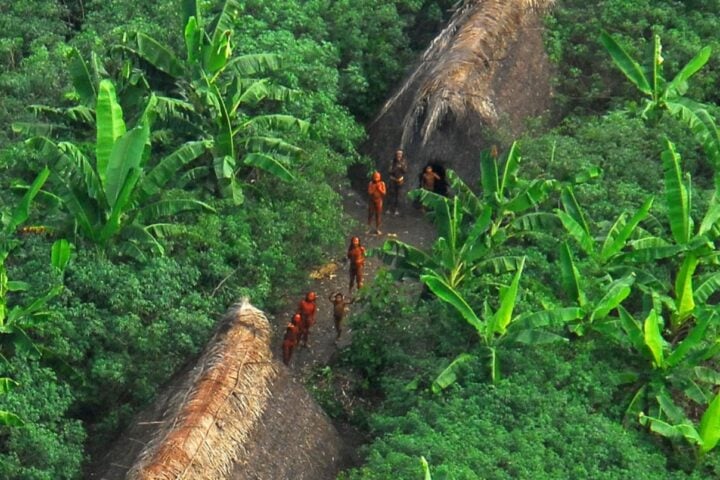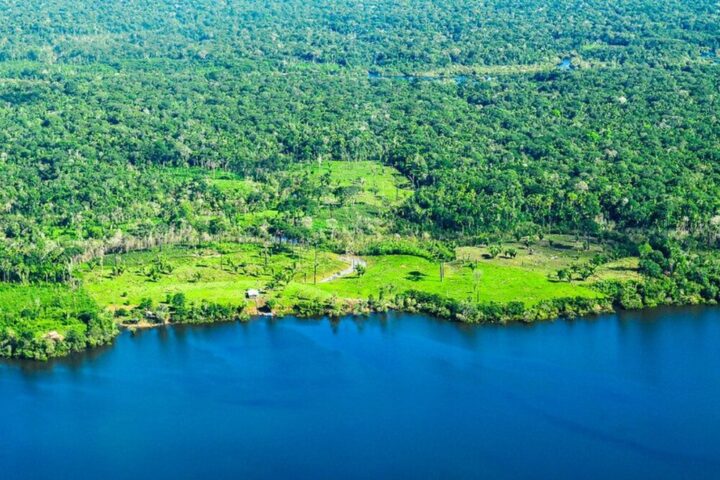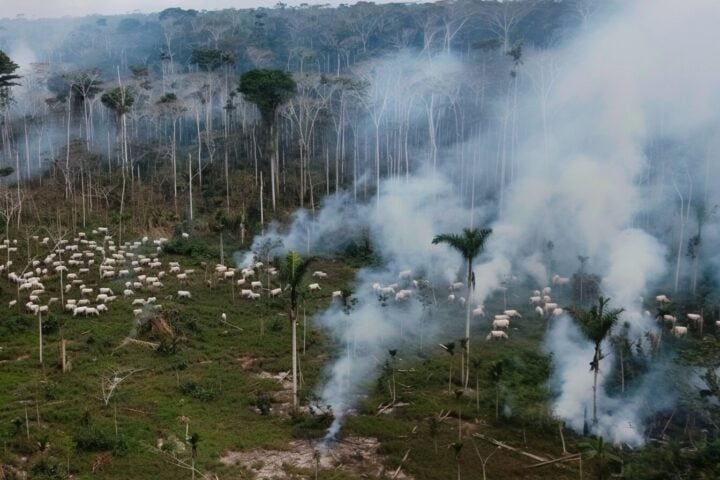President Trump signed an executive order on Saturday to drastically increase logging and road building across 280 million acres of national forests and public lands. The directive aims to boost domestic timber production while bypassing environmental protections, including the Endangered Species Act.
Environmental Impacts Raise Alarm
Environmental experts warn of severe consequences. “Trump’s order will unleash the chainsaws and bulldozers on our beautiful, irreplaceable federal forests,” said Randi Spivak, public lands policy director at the Center for Biological Diversity. “Clearcutting these amazing national treasures will increase fire risk, drive imperiled wildlife to extinction, pollute our rivers and streams, and destroy world-class recreation sites.”
The order threatens:
- Water quality: National forests supply drinking water to over 60 million people in 33 states. Logging increases soil erosion, causing sediment runoff into waterways.
- Wildlife habitats: More than 400 protected species rely on these forests, including grizzly bears, spotted owls, and wild salmon.
- Wildfire risks: Contrary to claims about reducing fires, scientists note that forests subjected to industrial logging often burn more severely than older, taller forests.
Economic and Policy Shifts
The directive positions increased logging as an economic and national security issue. The order seeks to:
- Streamline federal permitting processes
- Reduce bureaucratic hurdles for forestry projects
- Lower construction costs through increased domestic supply
- Reduce reliance on timber imports from Canada, Brazil, and Germany
Peter Navarro, White House senior counselor for trade and manufacturing, blamed “disastrous timber and lumber policies” for wildfires, habitat degradation, and economic losses. He claimed foreign exporters are “dumping lumber into our markets at the expense of both our economic prosperity and national security.”
Similar Posts:
Key Personnel Changes
Last week, Trump nominated Tom Schultz, a former lumber industry executive, to lead the Forest Service. The agency oversees approximately 193 million acres of national forests and public lands.
The personnel shift comes amid reports of staff reductions at the Forest Service, with the former chief Randy Moore noting in his departure message that recent loss of staff had been “incredibly difficult.”
Industry Reactions
Heidi Brock, CEO of the American Forest and Paper Association, said the organization is reviewing the orders and looks forward to “working with the administration to provide our industry’s perspective and data on behalf of the more than 925,000 American manufacturing jobs represented by the forest products value chain.”
The National Hardwood Lumber Association acknowledged the order’s intent to encourage U.S. manufacturing while noting its members want forests managed sustainably: “Ensuring a balance between economic growth and environmental stewardship is critical to maintaining our forests as a renewable and well-managed resource for future generations.”
Environmental Opposition
Conservation groups firmly oppose the order. Blaine Miller-McFeeley from Earthjustice said the orders threaten to take the United States back to the 19th century, when clearcutting stripped old-growth forests: “They’re not hiding the ball. It’s just about trying to cut as much as our forests as possible to line the pockets of timber industry executives.”
Chad Hanson, wildfire scientist at the John Muir Project, called this “the most blatant attempt in American history by a president to hand over federal public lands to the logging industry.” He disputed claims about wildfire prevention: “Trump’s exact approach, logging in remote forests and telling communities that it will stop fires, is responsible for numerous towns being destroyed by fires in recent years, and hundreds of lives lost.”
Potential Legal Challenges
Environmental groups have indicated they will challenge the order. “We’ll fight it tooth and nail, and the public won’t stand for it,” Spivak said.
Experts suggest the administration’s attempt to override the Endangered Species Act through emergency powers may face legal scrutiny.

The Fate of Old-Growth Forests
Under the Biden administration, the U.S. had committed to protecting old-growth forests and ending deforestation by 2030. Biden halted this protection plan under pressure from Republicans and the timber industry, and Trump officially ended the executive order on his first day back in office.
FAQ:
What exactly does Trump’s logging executive order do?
The executive order directs federal agencies to significantly increase timber production across 280 million acres of national forests and public lands. It instructs agencies to bypass certain environmental regulations, including provisions of the Endangered Species Act, and streamline permitting processes to accelerate logging and road building on federal lands.
How will this affect the environment and wildlife?
Environmental experts warn the order threatens drinking water quality for millions of Americans, endangers habitats for over 400 protected species, and may increase wildfire risks. Logging causes soil erosion that pollutes waterways, and contrary to some claims, industrial logging can make forests more susceptible to severe wildfires.
What’s the economic rationale behind this order?
The administration presents the order as a way to boost domestic timber production, reduce reliance on imports, lower construction costs, and create jobs in rural areas. The wood industry supports over 750,000 direct and indirect jobs in the U.S. The order also directs the Commerce Department to investigate potential tariffs on timber imports, particularly from Canada, which supplies 46% of U.S. forest product imports.
Who’s leading the implementation of this policy?
Trump nominated Tom Schultz, a former lumber industry executive who previously served as vice-president of Idaho Forest Group, to lead the U.S. Forest Service. The agency oversees 193 million acres of national forests and public lands and will be central to implementing the order.
What happened to previous forest protection efforts?
Under President Biden, the U.S. had committed to protecting old-growth forests and ending deforestation by 2030. However, Biden halted the old-growth protection plan in January under pressure from Republicans and the timber industry. Trump officially ended this executive order on his first day back in office.
Can this order be challenged or stopped?
Environmental groups have indicated they will challenge the order through legal action. Experts suggest the administration’s attempt to override the Endangered Species Act through emergency powers may face significant legal scrutiny. Randi Spivak of the Center for Biological Diversity stated, “We’ll fight it tooth and nail, and the public won’t stand for it.”
